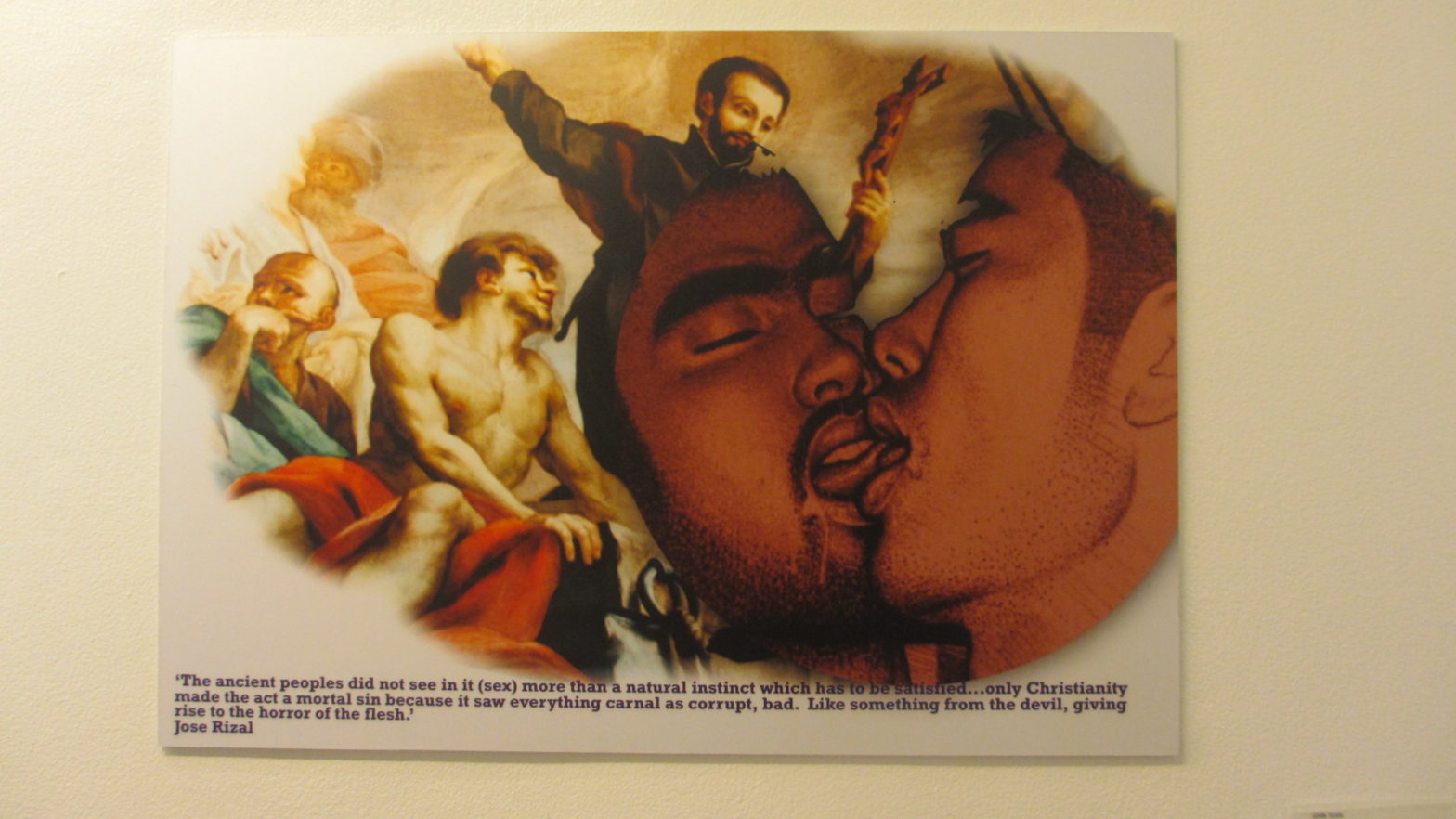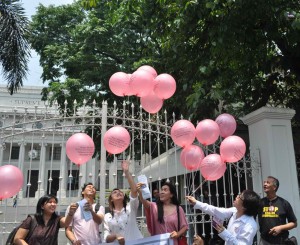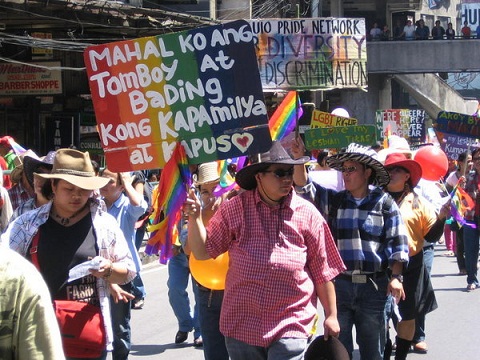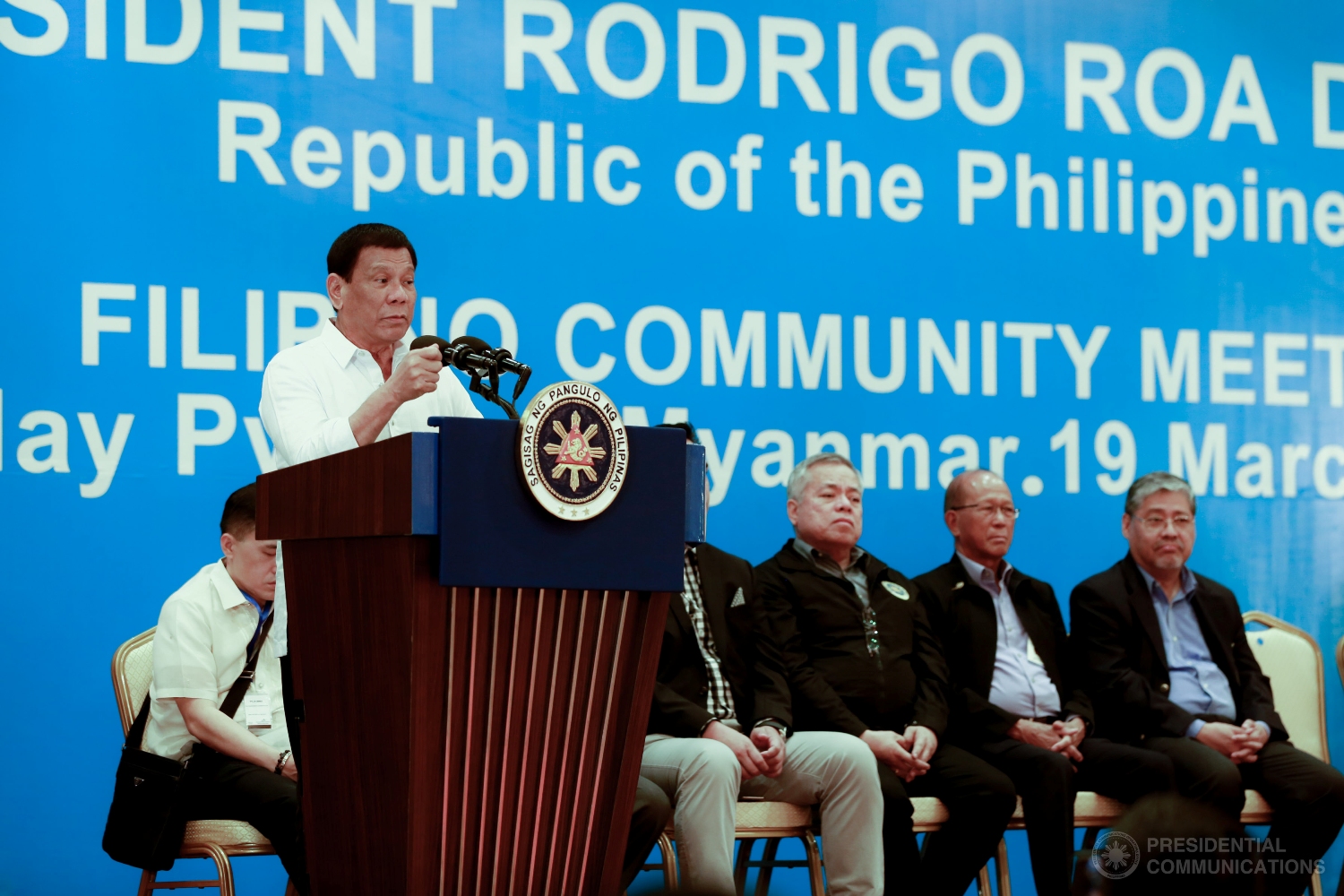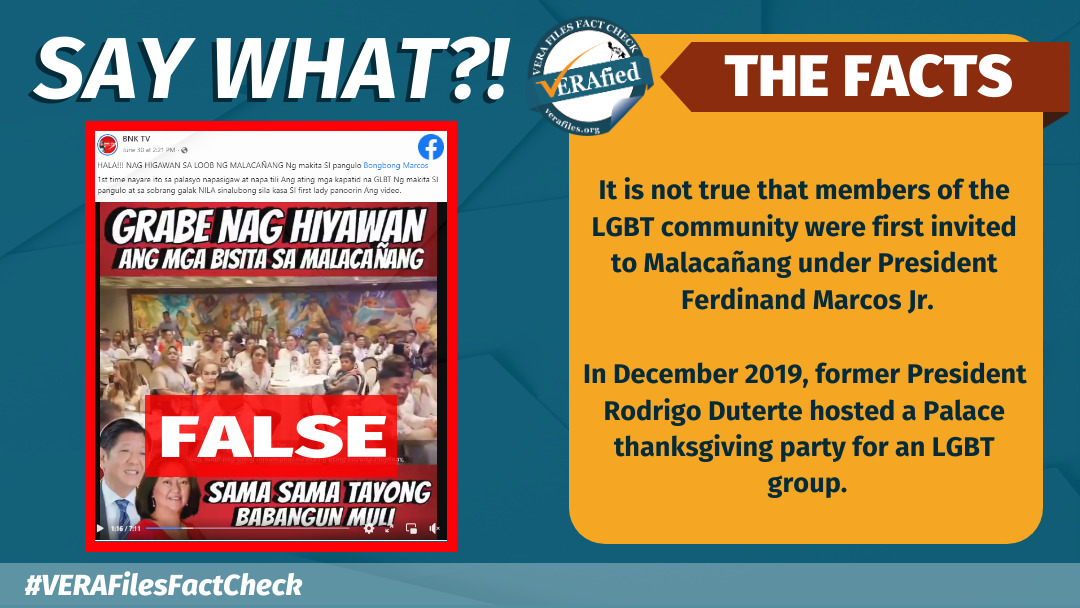By PATRICK KING PASCUAL
IT was another first in the struggle to have their rightful place in society.
The recently-concluded “Queer Manila” art exhibit at the Manila Contemporary on Pasong Tamo Extension, Makati was a crash course on LGBTs, short for lesbians, gays, bisexuals and transgender.
Eva McGovern, curator of the exhibit said, “It was the first time (in Manila) that an LGBT-themed exhibit has been held. It’s a breath of fresh air; to see what is really happening in the community in a different way.”
“Queer Manila” was a collection of artworks of different artists, who believe that the social behavior of an individual or a social group continues to change over time. “Identity, sexuality and gender have always been in processes of flux, subjected to numerous influences and social behaviors that change over time, creating different sites for cultures, politics, psychologies, spiritualities, and biologies to define who we are,” the introduction to the exhibit stated.
The exhibit followed a single theme: LGBT awareness.
The show attempted to capture the norms in Philippine society, including how an individual perceives an LGBT person in various forms: sculptures, paintings and art installations. A photo exhibit from the collection by John Silva, chronicled the LGBT lifestyle through the years from as early as the 1900s.
Among the participating artists were Leo Abaya, Martin Lorenzo de Mesa, Agnes Arellano, Jason Moss, Yason Banal, Maya Munoz, Jana Benitez, Leeroy New, Enzo Camacho, Manuel Ocampo, Jef Carnay, Popo San Pascual, Valeria Cavestany, Roselle Pineda, Mario de Rivera, Christina Quisumbing Ramilo, Maria Jeona, John Silva, Amy Lien, and Julie Tolentino.
One of the most controversial pieces in the exhibit was the “To Those Talking Behind My Back: My Ass Is Looking at You (What’s the Story Morning Glory Hole)” by Jevijoe Vitug Thegayartist. It was a statue of a child with a wooden phallus pointing at his mouth.
“Art always makes people question things. It doesn’t have to follow the norms. Every artist has his own standpoint in every issue. We all have our own ways in interpreting things and events,” McGovern said.
Complimenting the exhibit were lectures and films. Featured films included “Pagdadalaga ni Maximo Oliveros (2005),” directed by Aureus Solito, written by Michiko Yamamoto, and produced by UFO Pictures; and “Zombadings (2011),” directed by Jade Castro, and co-written with Raymond Lee and Michiko Yamamoto.
“Hubad: Mga Kwento ng Kalayaan” was also staged by LeAP! (Lesbian Activists Philippines).
A campaign to help the public understand LGBTs is needed because portrayal of them is limited, if not stereotyped, as being “parloristas” or the sissy type of gays.
A number of organizations have taken upon themselves to help educate the general public about the stance of the LGBT community. There are also individuals who have stood up and voiced their concerns about discrimination in their community.
Ang Ladlad, the only LGBT party-list in the Philippines, supported the “Queer Manila” exhibit.
Danton Remoto, chairman emeritus of Ang Ladlad, said, “‘Queer Manila’ was a portrayal of a lifestyle that has been existing for a long time, and being discriminated and donned negative because it is different. They (people who treat LGBTs differently) should realize that we are not doing anything wrong.”
Raymond Alikpala, Ladlad’s congressional nominee, said activities like “Queer Manila” significantly helps people, especially the heterosexuals. “It helps them understand what we are really going through.”
The heart-warming response to “Queer Manila” has inspired LGBT’s to mount similar activities in the future.
